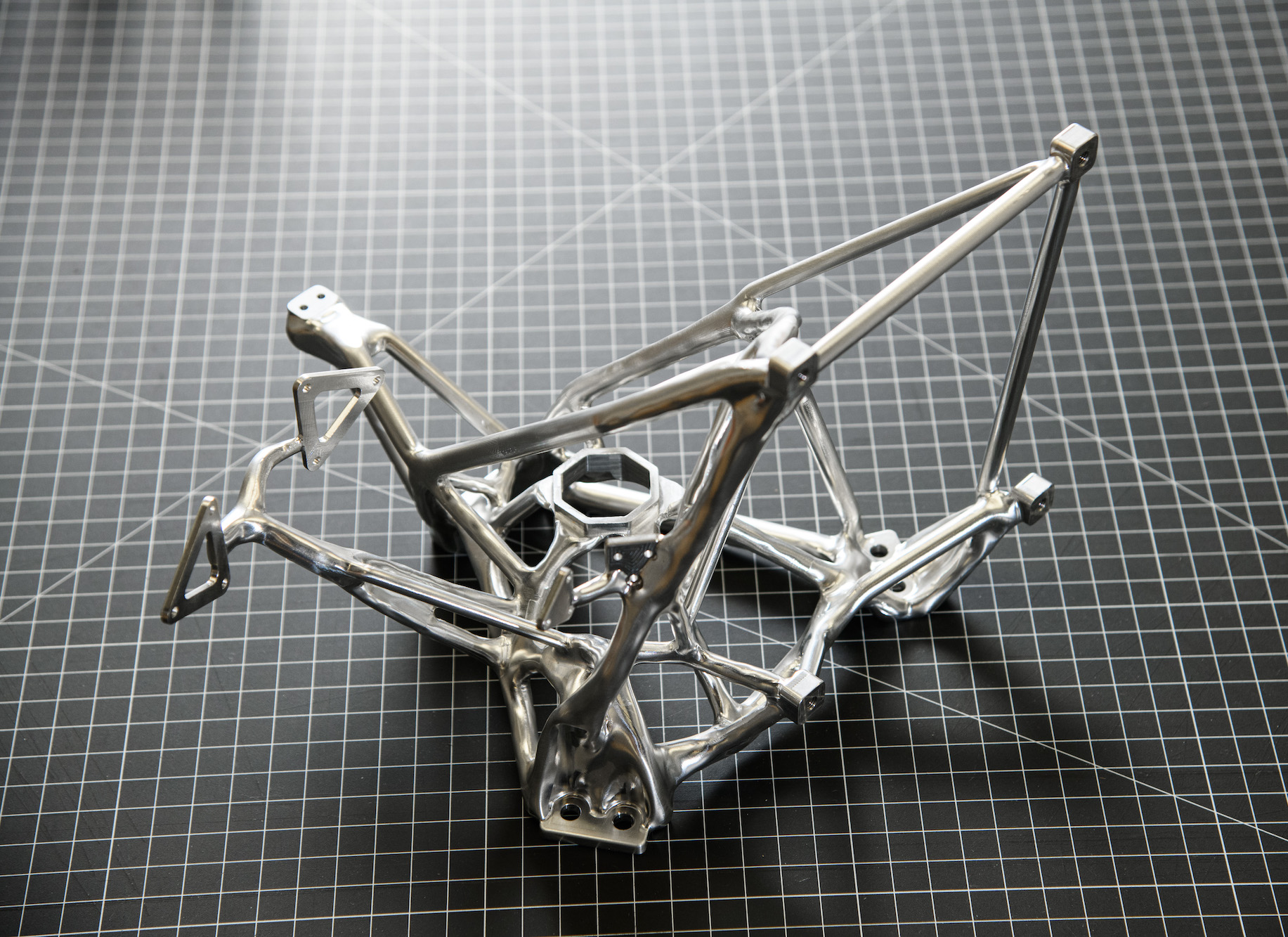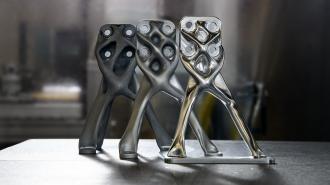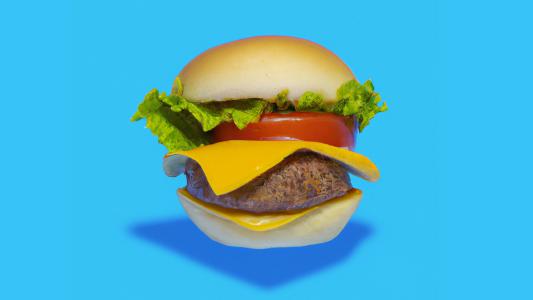NASA is using an AI-powered technique called “generative design” to dramatically speed up the process of designing hardware for upcoming missions — and one of the first AI-designed missions will use a massive balloon to lift a telescope to the stratosphere.
The need: Weight is one of the most important considerations when NASA engineers are designing parts for new spacecraft — the heavier the final object is, the more fuel will be needed to launch it, and the more expensive the mission will be.
However, engineers can’t sacrifice strength in the name of keeping weight down — if a part breaks once it’s in space, replacing or repairing it typically isn’t an option.
The challenge: Designing hardware that is as light as possible but still capable of withstanding the high-stress space environment is a long, tedious process at NASA.
Traditionally, when it starts developing a new instrument, engineers will be given a set of requirements for each part, down to the tiniest brackets and instrument mounts. They’ll then think about what a part might look like and create a model of it using design software.
“We’ll design things for literally years before we build anything to test.”
Ryan McClelland
After that, they’ll discuss the design with a stress analyst, refine it if needed, and then send it to a machinist, who will actually construct the part, possibly after giving their own feedback into the design.
“To the extent that those people are giving each other feedback, it improves, but those feedback loops are really, really slow because people go on vacations, people take training,” NASA Research Engineer Ryan McClelland told the Small Steps, Giant Leaps podcast.
“A lot of times in the NASA world, we’ll design things for literally years before we build anything to test,” he added.
“An AI comes up with a bunch of different options for what that design could look like.”
Ryan McClelland
Generative design: During the pandemic, McClelland started exploring the idea of using AI to accelerate this process. He came across an approach called “generative design,” with some commercial software built around the concept, which can work backwards from the requirements to a design.
“You start with the requirements for your structure, what it has to hold, what kind of load it has to see…and then an AI comes up with a bunch of different options for what that design could look like, and actually evolves an optimal structure,” McClelland explained.
“As it’s evolving an optimal structure, it takes into account how it’s going to be fabricated,” he continued. “It makes sure that if you’re going to be machining it, it can be machined with the tools that you have on hand.”
“The structures tend to perform much better … somewhere on the order of three times better.”
Ryan McClelland
The impact: McClelland calls pieces created using generative design “evolved structures” and says the technique is helping NASA engineers design better hardware, more quickly.
“It’s much faster to come up with the structure, about 10 times faster, and then the structures tend to perform much better, so they’re somewhere on the order of three times better in performance,” he told Small Steps.
“And when I mean performance, I mean really the stiffness to weight ratio,” he continued, “so they’re very stiff and very light, and they’re also quite a bit stronger than human-designed structures.”
“Alien” designs: The designs can also be quite a bit weirder-looking than human-designed structures — McClelland describes some of the parts as looking like the bones of an alien species — which has added to the challenge of getting some people at NASA to buy into generative design.
“There’s just sort of the fear of the unknown, of trying something that’s untested…I think that’s one of the barriers, just that they look strange,” McClelland said.
But NASA is quickly seeing that the benefits of generative design outweigh any knee-jerk reactions to the appearance of the AI’s creations.

According to McClelland, the space agency is incorporating evolved structures into several upcoming missions, including Dragonfly, a mission to Titan scheduled to launch in 2027, and the proposed Mars Sample Return mission to retrieve samples from the Red Planet.
Generative design was also used to develop parts of the EXoplanet Climate Infrared TElescope (EXCITE) — in 2024, a balloon the size of a football stadium is going to lift the SUV-sized telescope 25 miles above Earth’s surface so it can image “hot Jupiters.”
“We have a couple of areas with very tricky design requirements,” said Peter Nagler, leader of the EXCITE mission. “There were combinations of specific interfaces and exacting load specifications that were proving to be a challenge for our designers.”
“I imagine across NASA … there are thousands of these kinds of structures being worked on that are unique.”
Ryan McClelland
The big picture: Generative design isn’t going to replace NASA engineers — the AI occasionally suggests pieces that an engineer can see right away would be too thin, according to McClelland, and the software can’t yet design multi-part structures, either.
However, he sees the technique as having an increasingly important role at NASA, where almost every design is bespoke.
“I imagine across NASA, there are just, at any time, there are thousands of these kinds of structures being worked on that are unique…I think these technologies are really uniquely suited to the work that we do at NASA, and I think that it’s so powerful,” he said.
We’d love to hear from you! If you have a comment about this article or if you have a tip for a future Freethink story, please email us at [email protected].






